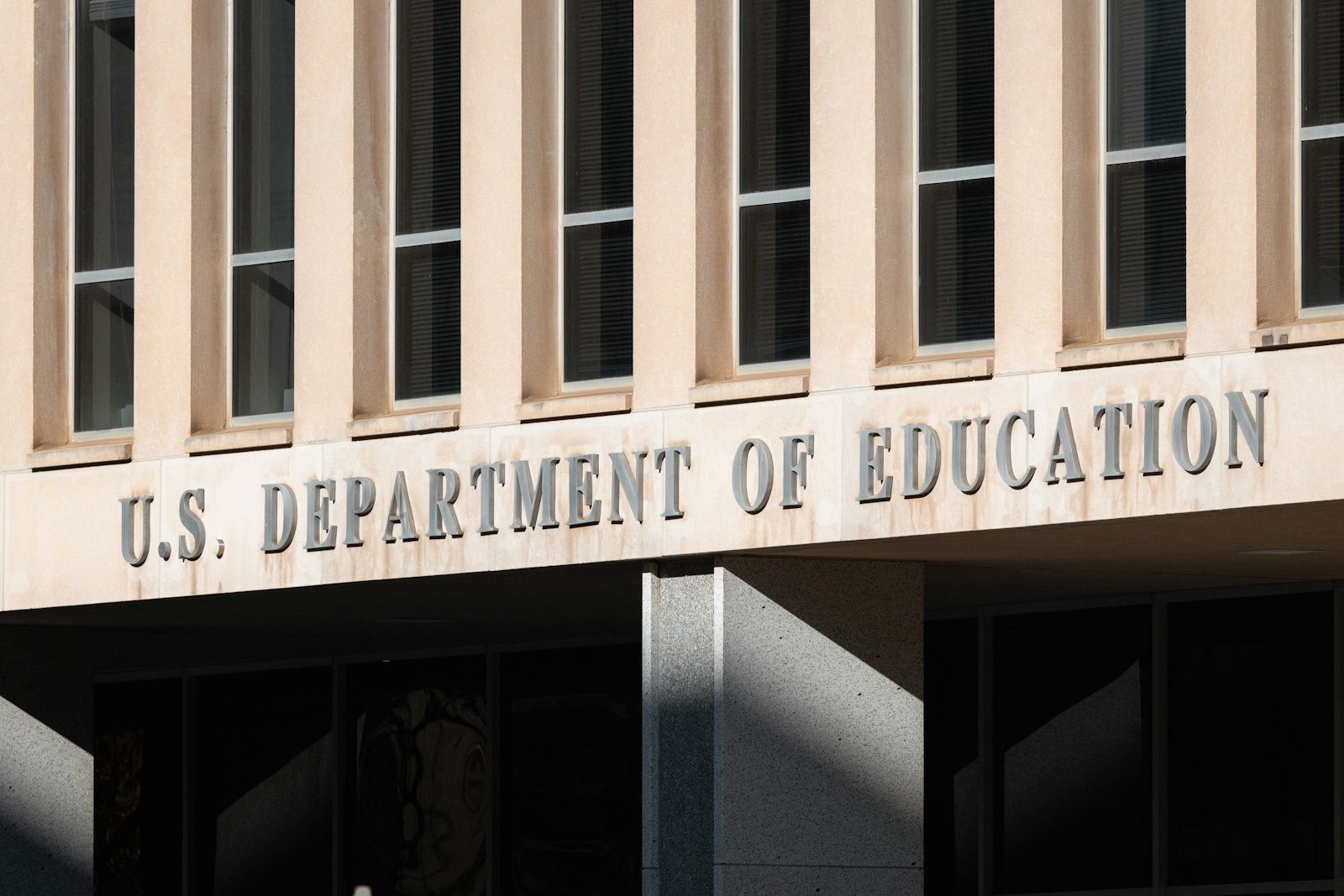Key takeaways:
- The Trump administration laid off 466 staff at the Education Department on Friday.
- These firings add pressure as the government shutdown continues.
- Democratic lawmakers face urgent calls to fund the government.
- Many school programs now face delays and uncertainty.
- Talks continue while furloughed workers wait to return.
On Friday, the White House ordered the Education Department to cut 466 jobs. This decision marks the largest set of firings in one agency so far. Moreover, the move aims to push Democratic lawmakers to end the funding standoff. Education Department layoffs hit career staffers who help manage federal school programs. As a result, many employees had their badges deactivated and their work halted.
Education Department Layoffs: Why They Happened
The government has been partially shut since late last year. However, lawmakers failed to agree on a funding bill. In turn, the administration chose to lay off staff across several departments. The Education Department joined Homeland Security and Health in cutting jobs. For example, grants, research projects, and compliance checks all paused for now. Therefore, many education initiatives must wait for Congress to act.
What led to the layoffs?
First, White House officials warned that funds would run dry unless Congress moved. Then, agency leaders drew up lists of “nonessential” workers. They focused on staffers whose roles rely on annual funding. In addition, they checked which offices could halt operations without immediate safety risks. Next, the orders went to department heads late Thursday. By Friday morning, hundreds received notices that their jobs ended.
Impact on staff and students
These Education Department layoffs disrupt vital tasks. Inspectors cannot visit troubled schools. Grant managers cannot process new funding requests. Technical experts cannot guide states on new rules. Meanwhile, families and school districts face uncertainty about upcoming programs. Some states may delay applications for low-interest loans. Others might pause efforts to improve special education services. Moreover, research into teaching methods now waits in limbo.
Political reactions and next steps
Democrats criticized the firings as an extreme tactic. They said workers serve critical roles in public education. On the other side, the administration insisted the layoffs target only nonessential work. Still, many see this as a high-stakes gamble. Congress must now either pass a funding bill or risk further cuts. For their part, some Republican lawmakers urge Democrats to negotiate. Others insist on more spending restrictions.
School districts already feel the strain. They worry new guidance on college student aid might face delays. Meanwhile, teachers hope federal support will resume soon. If talks stall, more programs could go offline. In turn, parents and local leaders plan to pressure lawmakers to act fast.
A human face behind the cuts
Consider Maria, a grants officer at the Education Department. She helped rural schools secure technology funds. On Friday, she packed her desk in tears. “My work helped small towns get online tools,” she says. “Now I can’t help them.” In many offices, team members hugged and exchanged contact details. They vow to help each other find new jobs if funding stays off track.
The broader picture
This round of firings comes amid the longest shutdown in history. It shows how agencies use staff cuts to force action. Moreover, it highlights how even programs far from politics can feel the squeeze. In the end, lawmakers and the White House must find common ground. Otherwise, more workers and programs will suffer.
Moving forward
Over the next days, both sides will hold talks. They may propose a short-term funding deal to reverse the layoffs. Alternatively, they could insist on deeper policy changes. Either way, each stalled day risks more funds running out. Ultimately, the fate of Education Department layoffs rests with Congress and the president. Until then, many hardworking staffers must wait to know if they will return.
Frequently Asked Questions
Why did the government fire so many Education Department staffers?
The White House pressed for dramatic action to force lawmakers to fund the government. They targeted employees deemed “nonessential” during the shutdown.
How many employees lost their jobs in the Education Department layoffs?
A total of 466 staff members received layoff notices on Friday.
What happens to paused education programs?
Many grants, school inspections, and technical guidance projects now wait until Congress restores funding.
Will the laid-off workers get their jobs back?
If lawmakers pass a funding bill soon, most affected staff should return. However, the timing depends on Congressional action.
How can families and schools cope with these cuts?
School districts may delay applications, seek emergency local funds, or advocate to lawmakers for a quick deal.

